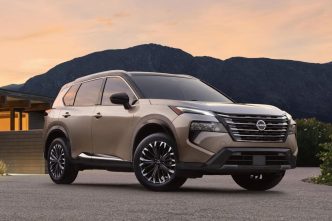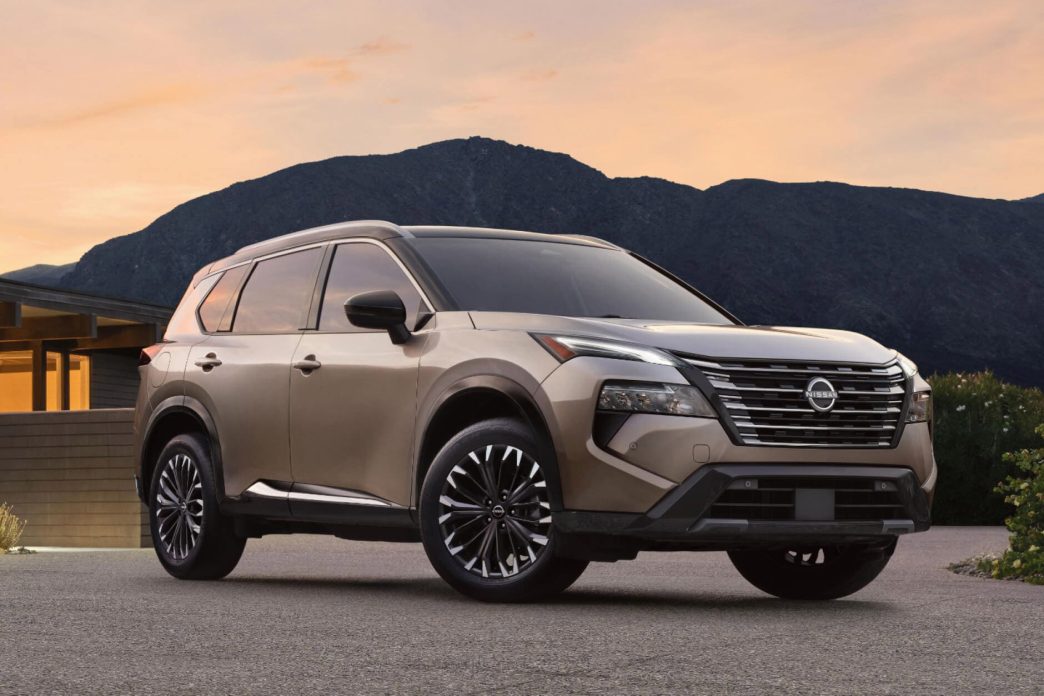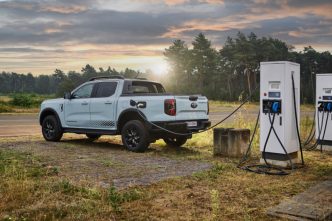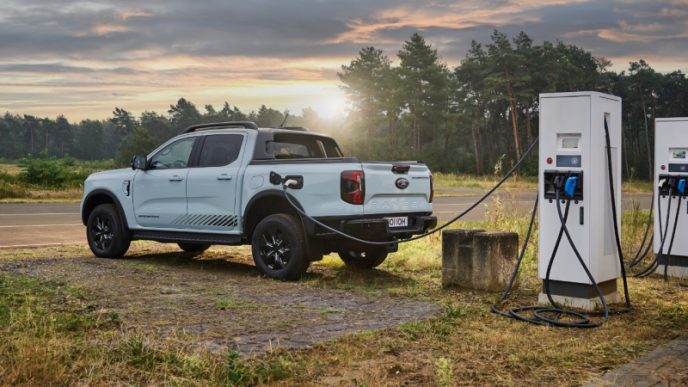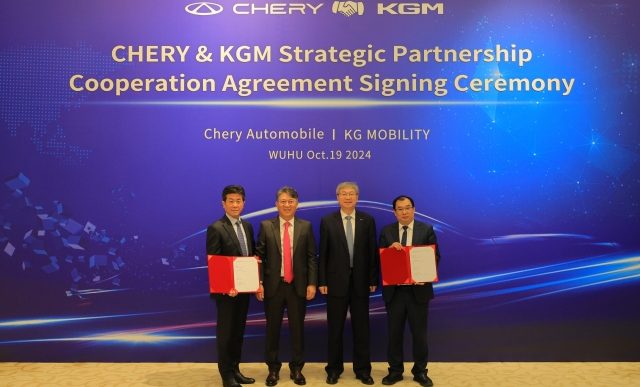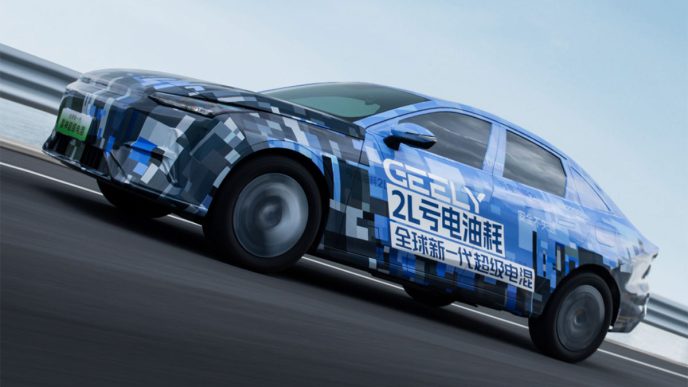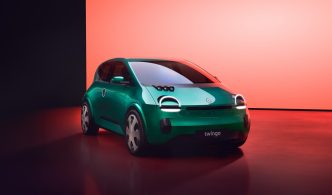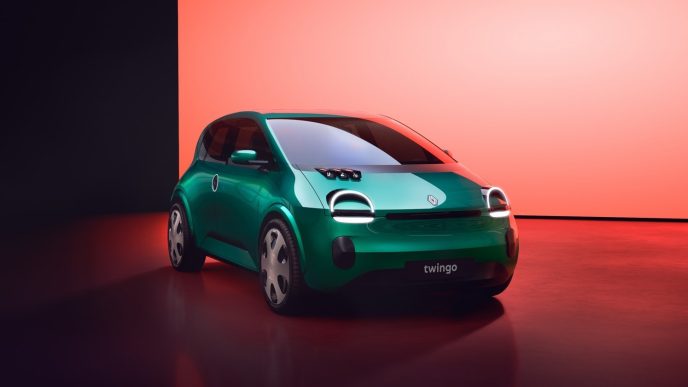As the electric vehicle (EV) revolution encounters new challenges, several automakers are shifting focus toward hybrids, including Nissan, a long-time EV pioneer. According to Car & Driver, Nissan is gearing up to launch its first plug-in hybrid electric vehicle (PHEV) in the U.S. next year, with the 2025 Rogue PHEV leading the charge.
While details are still scarce, the new eco-friendly crossover is expected to draw heavily from the Mitsubishi Outlander PHEV, which currently pairs a 2.4-liter four-cylinder engine with two electric motors.
This setup delivers a combined 248 horsepower and could be carried over to the Rogue PHEV, though some updates might be in store. Mitsubishi has confirmed plans to refresh the Outlander PHEV in North America, potentially introducing a 22.7 kWh battery pack for an all-electric range of up to 53 miles (86 km) based on the WLTP cycle.
If Nissan opts for a smaller 20 kWh battery pack at launch, the Rogue PHEV might offer an estimated EPA electric-only range of around 38 miles (61 km). The vehicle is expected to produce 248 horsepower and 332 lb-ft of torque, delivering solid performance for its segment.
Following the Rogue PHEV, Nissan is expected to introduce e-Power models to the U.S. market by 2026. Unlike conventional hybrids, e-Power vehicles use electric motors to drive the wheels, with a gasoline engine acting as a generator to recharge the battery. This innovative system provides the benefits of electric driving without the range anxiety that comes with fully electric vehicles.

